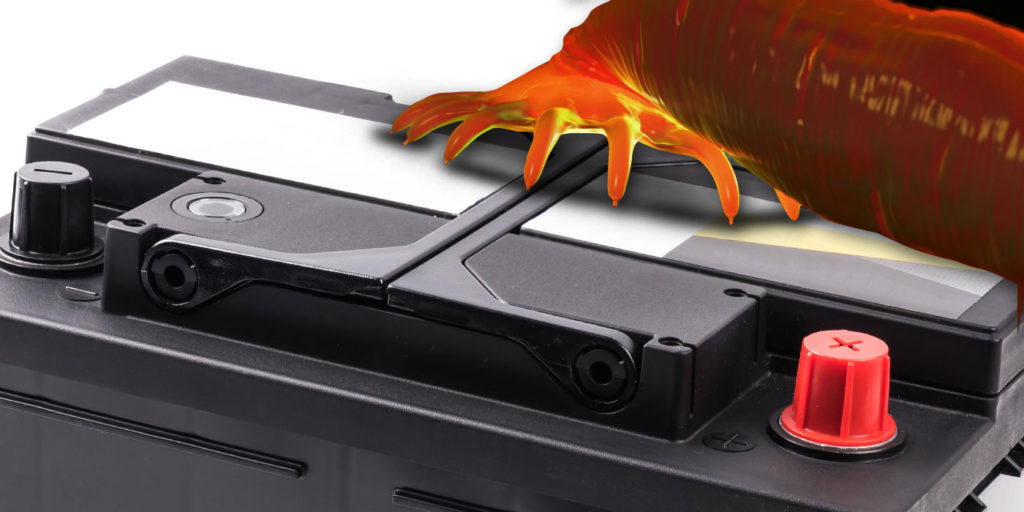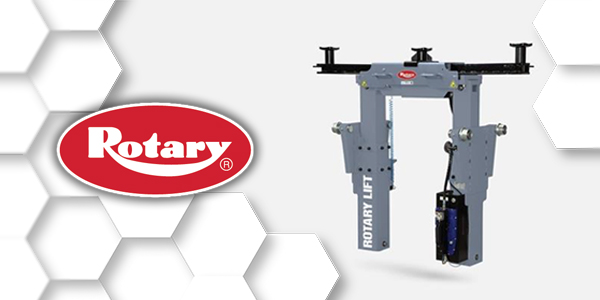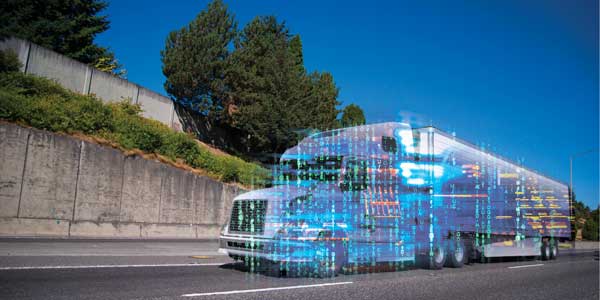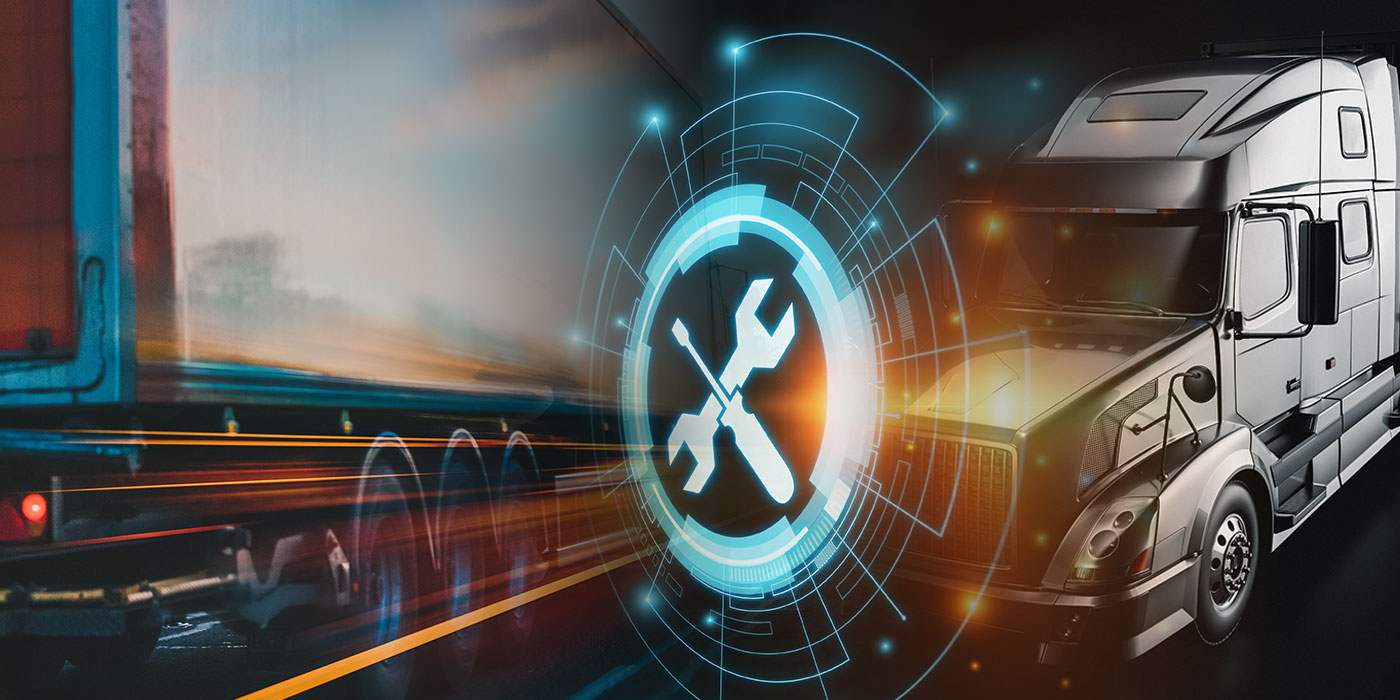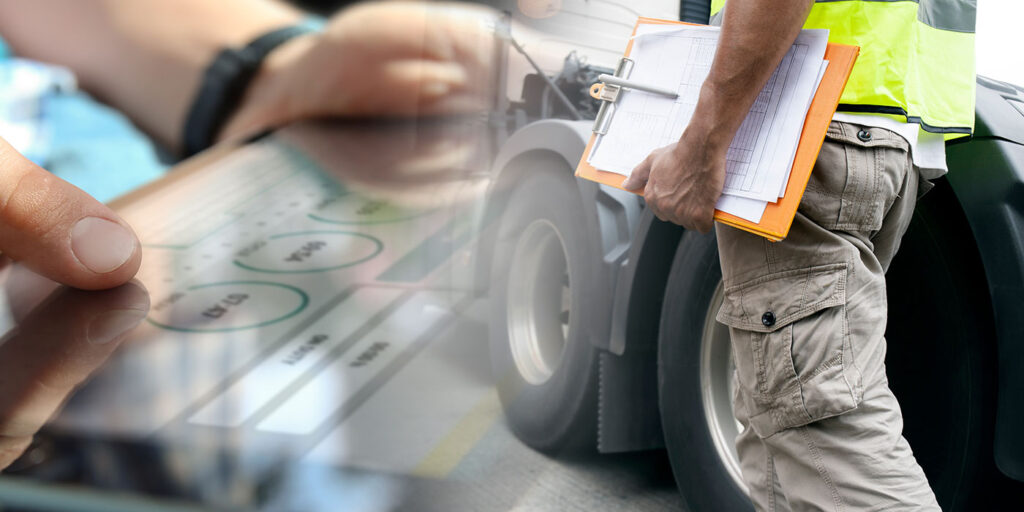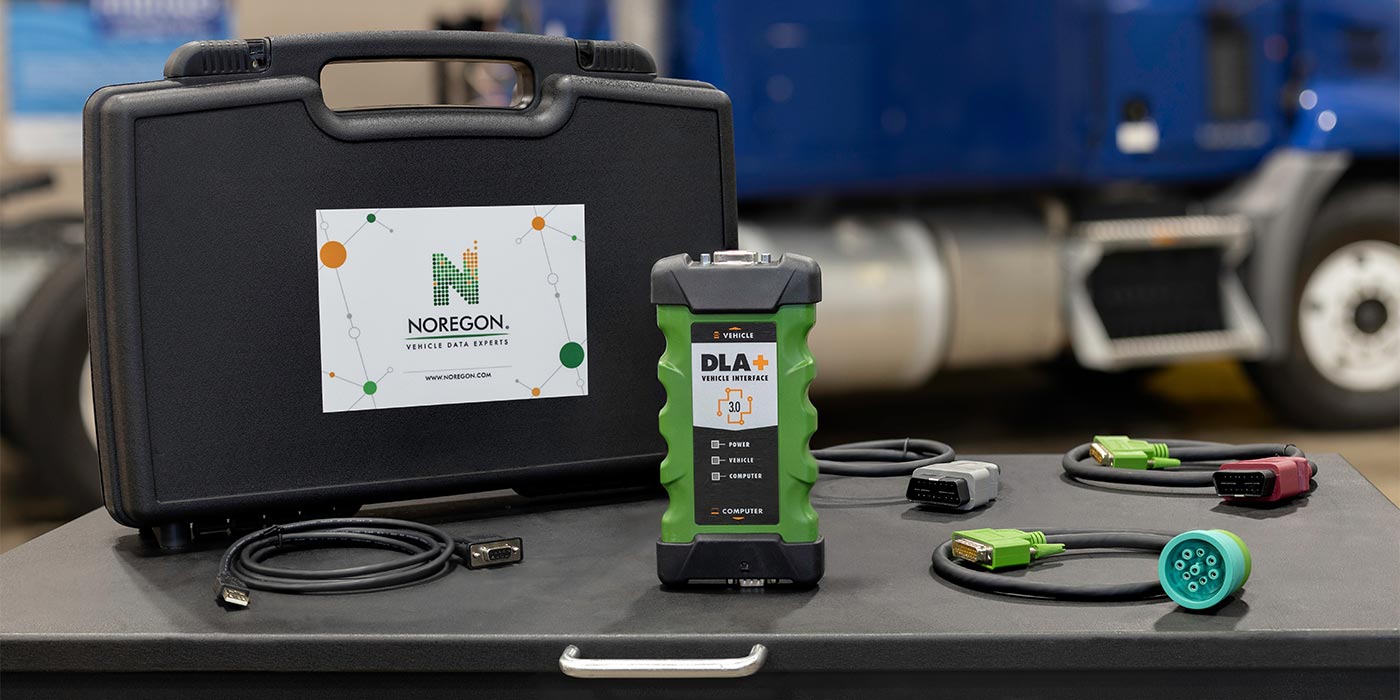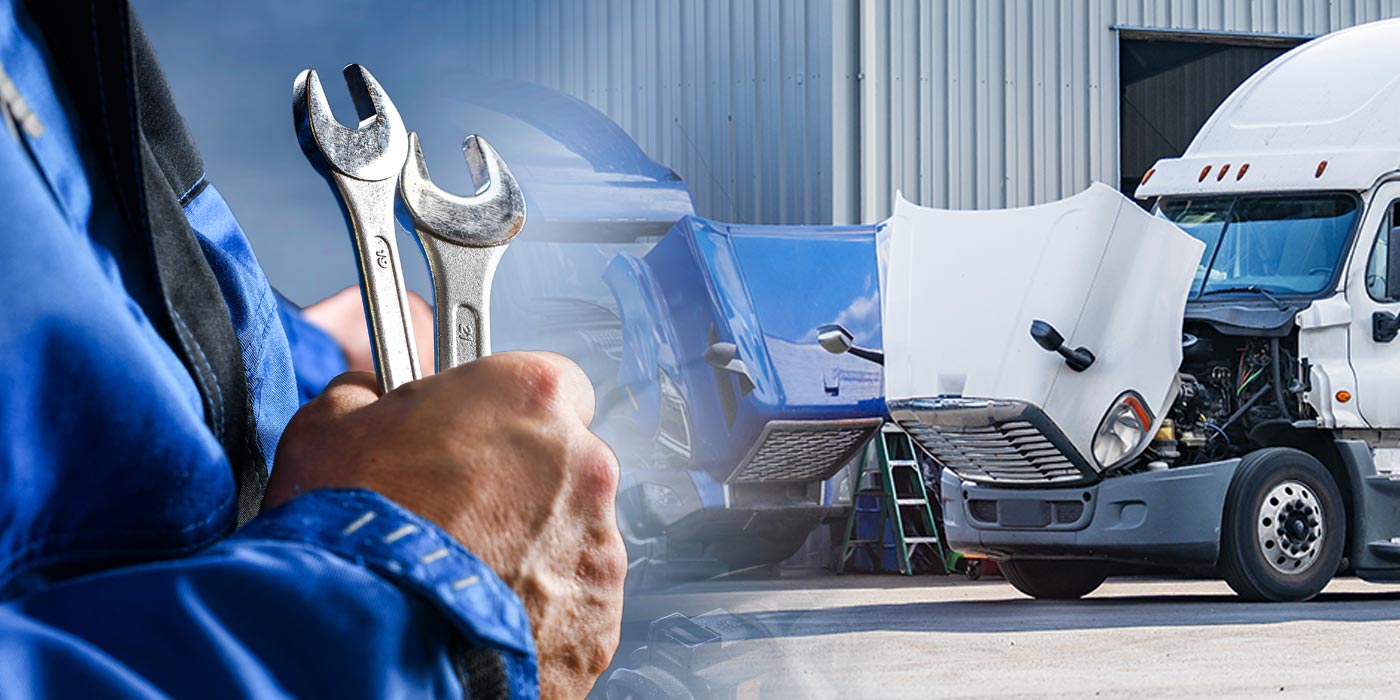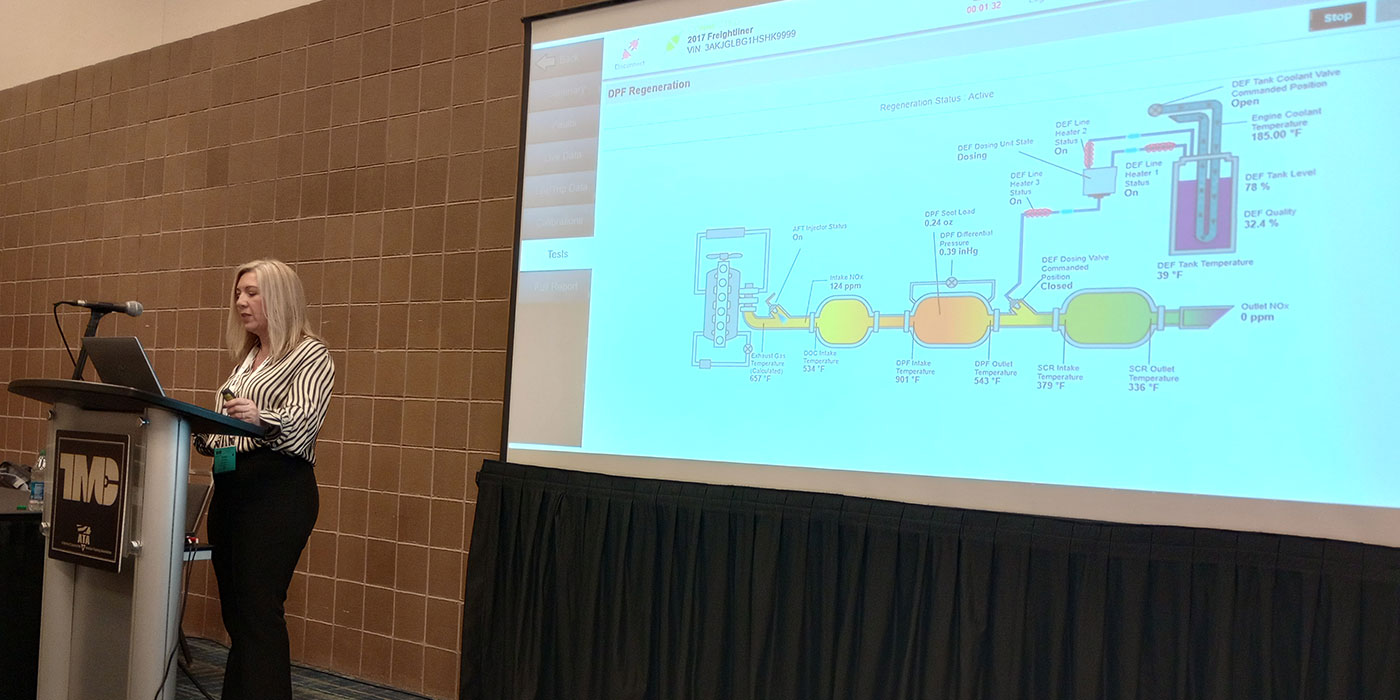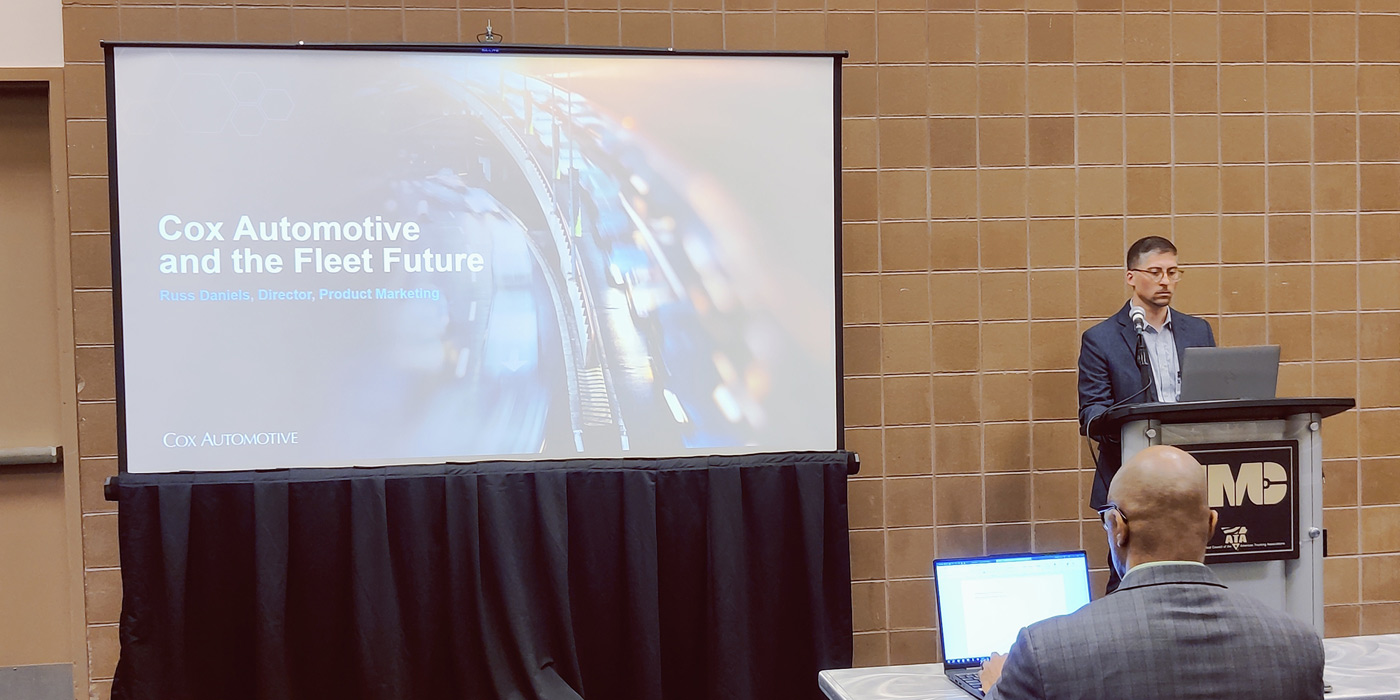More on-board, electronically-driven and controlled systems means more strain on your batteries that are already faced with tackling tough applications and pandemic-driven changing duty cycles.
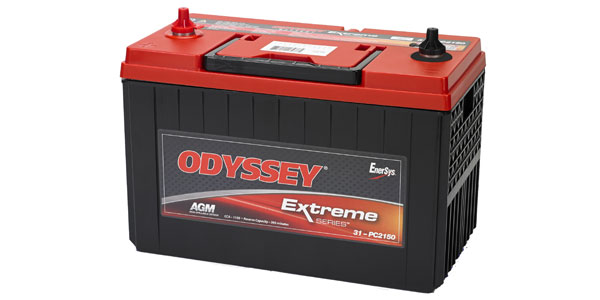
“Parasitic loads are ever-increasing,” said Vicki Hall, director of transportation technical solutions for EnerSys. “The more electronics and creature comforts are being added to trucks, especially sleeper cabs, the higher the parasitic loads on the battery. If unchecked, they can result in over-discharging the battery, creating both irreversible damage and shorter life.”
Here are a few quick tips to keep your batteries working strong.
LVDs
That stands for low voltage disconnects, and our panel of experts agree that they’re a good idea to protect the battery.
“Over time, parasitic loads will result in a no-start and, if unmanaged, will reduce overall life and performance of the battery packs. Low voltage disconnects will help solve this, as long as they are set correctly and aren’t bypassed,” said Jeff Muir, director of original equipment sales, commercial and outdoor power equipment for East Penn.
Check your batteries more often
“If in the past, it was necessary to check batteries every two weeks. There may be a need to start checking every week with newer trucks that have more draw on the electrical system,” said Steven Keuss, engineering manager for Associated Equipment Corp. “It can often depend on the configuration of the truck and the amount of draw for that system and how many additional bells and whistles the vehicle may have for things such as driver comfort or the type of product being transited in the truck.”
Make sure your batteries are getting the power they need
Larry Rambeaux, sales application engineer for Purkeys, recommended:
Make sure the batteries are charged to 100%, and once the truck is parked, disconnect the negative cables at the battery.
The batteries still need to be charged, but consider installing a small solar panel to offset the parasitic loads. Remember that if you park a vehicle with a very low battery state of charge, the solar panel will not charge it; these panels are meant to maintain batteries.
Consider running the trucks on a regular interval, but remember that this has drawbacks if you’ve parked your trucks for business reasons. “This can be costly due to labor time and fuel used,” Rambeaux said. “Plus, you have to make sure you run them long enough to not only put back the energy used to crank the engine, but also what the parasitic loads took out.”
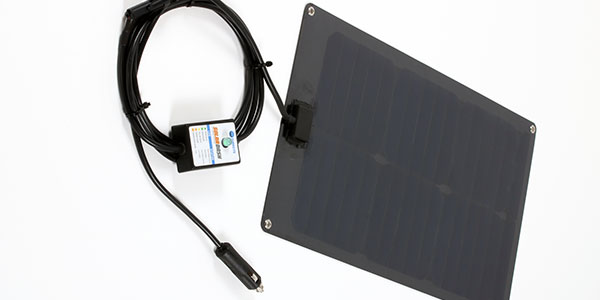
(A note on solar charging solutions: Solar technology has been advancing in the past several years within both tractor and trailer applications. Rambeaux noted that Purkeys developed a 20-watt panel kit called the “Solar Dash” that allows a tech to plug it into the power port and throw the small panel on the truck’s dash.)
The bottom line
“Trucks have more electronics added on to help with the cutdown on emissions while running down the road, and this means there are more computer-controlled components that are being monitored while the engine is not running,” said Jeff Barron, lab manager/engineering and technology services for Interstate Batteries Inc. “The key-off drains can add up quickly, especially during extended periods of downtime.”

